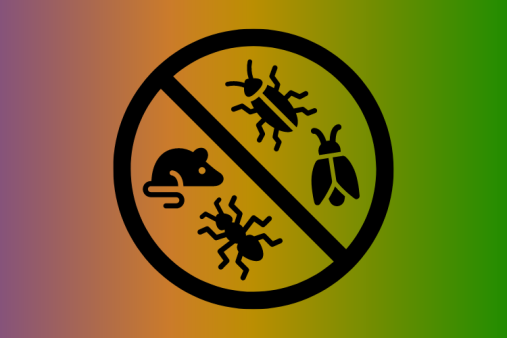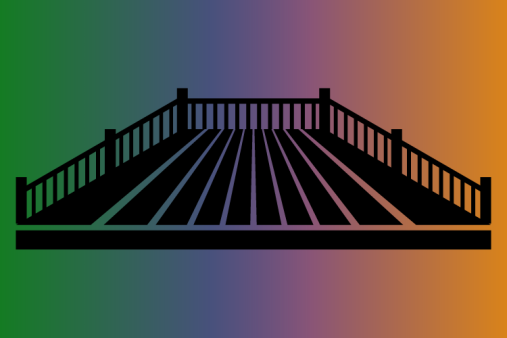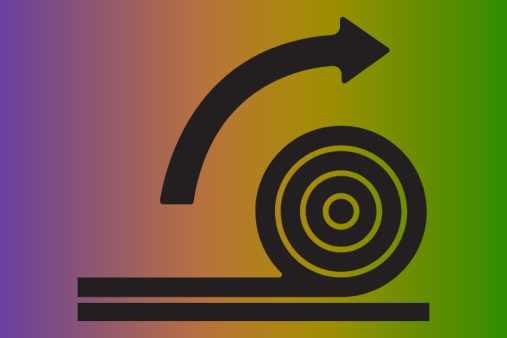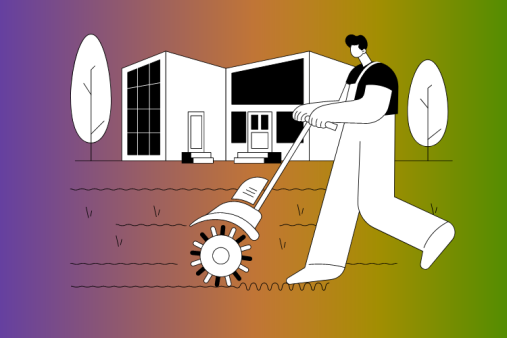Laying Artificial Grass
How to lay artificial grass - If you simply haven’t the time or the inclination to tend your lawn regularly through the year, then artificial grass could be the ideal solution.
Once installed, it requires no maintenance at all, expect perhaps brushing up the leaves in autumn.
Artificial grass is becoming much more popular, and the technology has moved on so much in recent years that the grasses on the market are more realistic than ever.
Laying artificial grass isn’t like laying turf though, and there are a few things to think about before getting started.
How To Install Artificial Grass - Video
How To Lay Artificial Grass - Step By Step
1. Get Rid of Existing Grass or Slabs
 It might sound obvious, but artificial grass cannot be laid on top of normal grass, slabs, decking or any other type of surface, so the first job is to remove your existing garden.
It might sound obvious, but artificial grass cannot be laid on top of normal grass, slabs, decking or any other type of surface, so the first job is to remove your existing garden.
You won’t need any special tools for this, just a spade and a lot of manpower to help. It might be worth hiring a skip to put all of the garden waste into if you have a lot of material to move.
If you have a very large area of grass to remove, consider hiring a turf cutter from a tool hire company as this will help you complete the job much more quickly.
2. Layer of Sand
 Once you’ve got rid of your existing grass or patio, the next step is to create a bed to lay the new artificial turf onto.
Once you’ve got rid of your existing grass or patio, the next step is to create a bed to lay the new artificial turf onto.
It’s worth spending time at this stage to get the ground as level as you possibly can.
Use rakes to move the earth around, and if you have a very uneven garden consider whether it would be worth hiring heavy duty earth moving machinery to make it more level.
Once you are happy with the level of your garden, you will need to put down a layer of sand 35mm thick all over the area you wish to cover with artificial grass.
The best type of sand to use is builder’s sand. Work out how many bags your will need before heading to the builders’ merchants to save repeated trips.
3.Level it Out
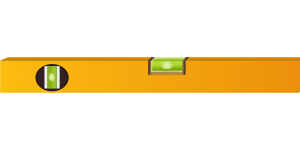 Once you have covered the area in sand, level it out by using a plank and heavy hammer or rubber mallet to compact the sand then smooth it down.
Once you have covered the area in sand, level it out by using a plank and heavy hammer or rubber mallet to compact the sand then smooth it down.
Remember that it doesn’t have to be perfectly flat, but eliminate small lumps and bumps as much as you can.
4. Membrane Layer
On top of the sand, you’ll need a weed membrane to stop weeds growing through your new grass.
If you have to buy more than one membrane to cover the area, make sure they overlap by around 30cm.
5. Lay Your Artificial Grass
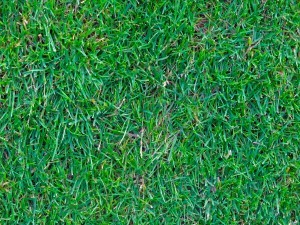 Roll your grass out to cover the area, making sure that joins aren’t all in the same place. Make sure there are no gaps between the sections of artificial grass.
Roll your grass out to cover the area, making sure that joins aren’t all in the same place. Make sure there are no gaps between the sections of artificial grass.
You can easily the rolls using a craft or Stanley knife.
Once in place, use pins to secure the grass firmly into the ground every 20cm or so, and finally brush your new lawn to give it a more natural appearance.
Stand back and admire your new all-year-round low-maintenance lawn.
Know How To Lay Artificial Grass But Don't Want To DIY?
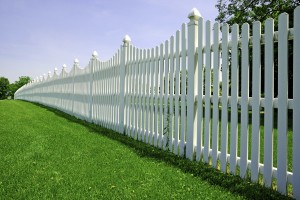 Prefer not to DIY or simply don't have the time to press on with this project?
Prefer not to DIY or simply don't have the time to press on with this project?
You can always post a job for a gardener and compare several quotes from gardeners and landscapers with Top Tradespeople.

